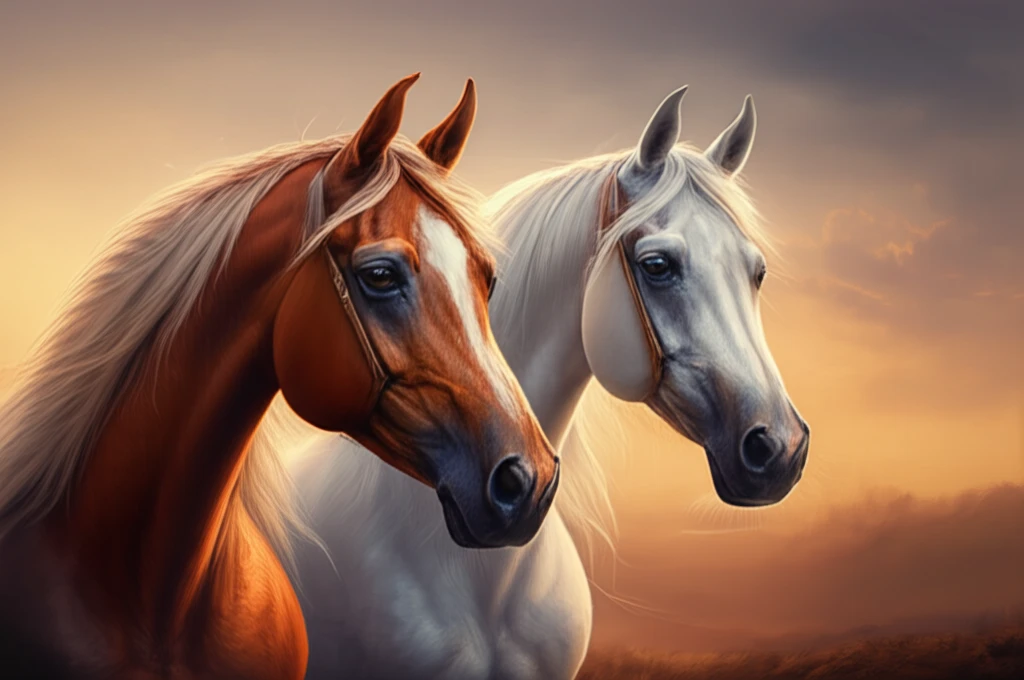
Equine Fertility Secrets: How Breed and Season Impact Mare Reproduction
"Unlock the mysteries of Arabian and Thoroughbred mare fertility in subtropical climates: Discover key factors for successful breeding."
For horse breeders, understanding the nuances of equine reproduction is crucial, especially when dealing with different breeds and environmental conditions. While studies have explored fertility rates across various regions, limited information exists about Arabian and Thoroughbred mares in subtropical climates. This article dives into a detailed analysis of reproductive performance in these breeds under the unique conditions of Pakistan.
The original research, conducted at Mona, Pakistan, examined the breeding records of 57 Arabian and 66 Thoroughbred mares over a decade. This study aimed to uncover how factors like breed, age, and seasonal changes affect conception rates. By understanding these influences, breeders can develop more effective strategies for managing equine reproduction and improving breeding outcomes.
Whether you're a seasoned breeder or new to the world of equine management, this breakdown provides valuable insights into optimizing reproductive success. Let's explore the fascinating details and practical implications of this research, designed to enhance your understanding of mare fertility in subtropical environments.
Arabian vs. Thoroughbred: Unveiling Breed-Specific Fertility Secrets

The study revealed significant differences in conception rates between Arabian and Thoroughbred mares. Arabian mares exhibited higher conception rates during their second mated estrous cycle and foal heat mated estrous compared to their Thoroughbred counterparts. However, when it came to the first lifetime mated estrous, conception rates were similar across both breeds. This suggests that Arabian mares may possess a greater adaptability or resilience in the specific environmental conditions of the study.
- Higher Conception Rates in Arabian Mares: Arabian mares showed better conception rates in the second mated estrous and foal heat mated estrous.
- Age at First Mating: Arabian mares were younger at first mating compared to Thoroughbreds.
- First Lifetime Mated Estrous: Conception rates were similar in both breeds during the first mating cycle.
Optimizing Equine Reproduction: Key Takeaways
This study provides crucial insights for breeders aiming to improve equine reproductive success in subtropical environments. By understanding the breed-specific differences and the impact of seasonal variations, breeders can refine their management practices and optimize breeding outcomes. Whether you're focused on Arabian or Thoroughbred mares, these findings offer a foundation for creating more effective and sustainable breeding programs. The key is to tailor your approach to the specific needs and characteristics of each breed, while also considering the environmental factors at play. Armed with this knowledge, you're well-equipped to navigate the complexities of equine reproduction and achieve greater success in your breeding endeavors.
